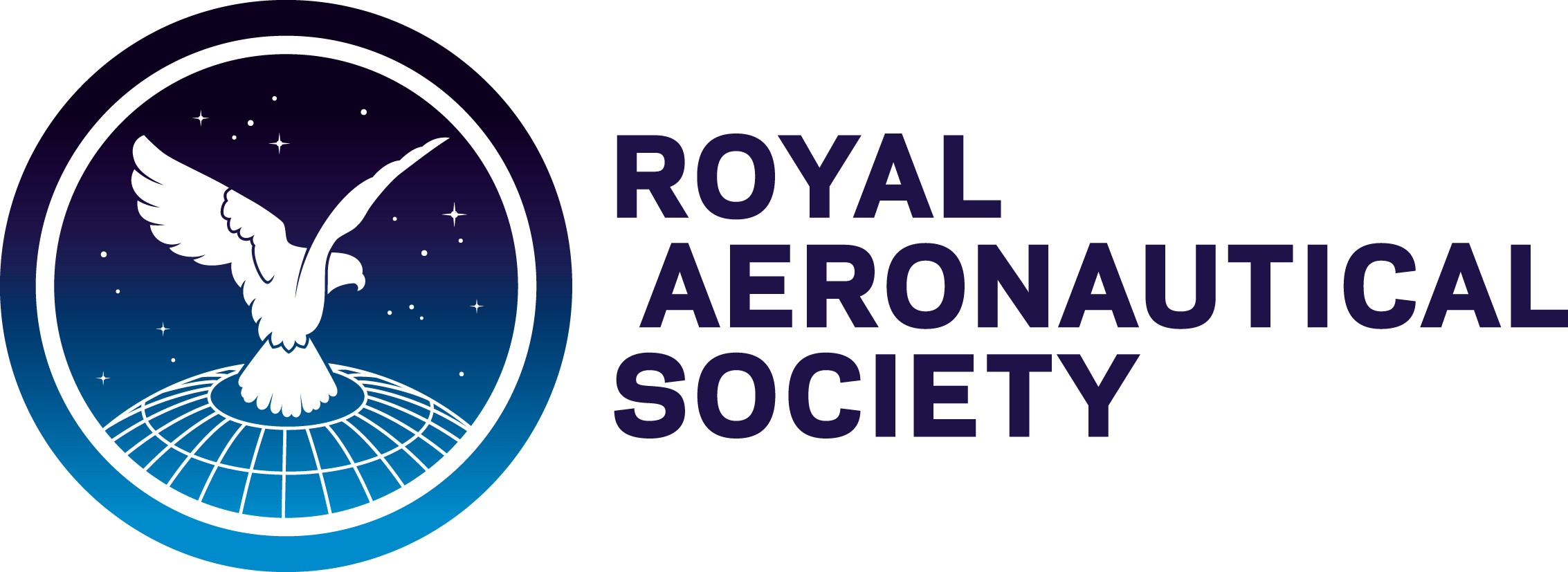Published: 05 Nov 2015

In his keynote address to AutoTestCon this week, the US Dep Asst Secretary for Defense for Maintenance, Mr John Johns, objectively outlined the US military's need to get the optimum value from its maintenance resources.
"This is our space—those that generate and apply readiness are depending on us."
Given the audience Johns, who oversees the USDoD’s $80 billion military equipment and weapons maintenance program, focused his comments on the cost of maintaining electronics systems and components: "Specifically, we spend $2 billion annually on removing and processing subsystems with "No Fault Found" — let’s cut that in half in five years,” and, “We spend $25 billion on electronic system maintenance. Let’s reduce our baseline by 25% in ten years”.
His comments are interestingly timed, coming only a week after the Intermittence Testing online forum held by the Joint Technology Exchange Group last week. (The JTEG's role is to improve coordination in the introduction of new or improved technology, new processes, or new equipment into Department of Defense depot maintenance activities).

The Intermittence Testing forum was chaired by Greg Kilchenstein (OSD Maintenance Policy & Programs) who explained the relationship between the impact of intermittent faults and the $2 billion No Fault Found (NFF) problem. The presentations covered the full range of the problem as it affects military aviation. On one hand there are intermittent faults in the airframe, such as in the wiring harnesses, that are hard to isolate and so the maintainers often reject Line Replaceable Units (LRUs) as the suspect cause of the fault and send them for repair. Since there is nothing wrong with the LRU, when they are tested at the maintenance depot they are classified as No Fault Found, Cannot Duplicate, A-799, and so on....
On the other hand are the scenarios concerning faults in the LRU which can't be found at the maintenance depot - and so they too are classed as NFF. In this instance the fault has been resolved on the aircraft by replacement of the LRU, but the 'rogue' LRU is sent back out to be fitted to other aircraft and continues in this repair loop until the root cause is found eventually.
So you can see how the $2 billion bill adds up quickly. Every year.
Results from the Field
After Kilchenstein's opening comments the forum featured several presentations focused on the problem. Thom Sullivan (160th SOAR(A)) provided a brief on “On-wing Wire Diagnostic Practices”. He described intermittent symptoms and the challenges in diagnosing them, then detailed wiring degradation and failure modes, troubleshooting steps and described the pros and cons of the automatic wire test set. There were 2 presentations - one from Hill Air Force Base's Air Logistics Centre and one from the USN's Fleet Readiness Centre South West - featuring the use of Intermittent Fault Detection & Isolation Systems (IFDIS) on F-16, C-17 and F-18 LRUs. This test technology goes from strength to strength as a proven method of tackling rogue LRUs, saving millions of dollars every year and significantly increasing LRU Time On-Wing.
The forum culminated in a description of how the USDoD is assessing Intermittent Fault Detection test equipment as part of its procurement methods. Several testers will be evaluated against a common specification in the New Year and this may be the starting point for a joined-up approach to IFD equipment by the USDoD. Both USDoD IFDIS presenters stated that an integrated approach to deploying IFD test equipment at operating bases and depots across the Services was essential to extract maximum value from the capability - an approach that resonates with Mr Johns comments from yesterday.
Can it be done?
In the Q&A following his AutoTestCon address, Johns was asked for his view on how achievable his NFF and electronics maintenance costs reduction targets were. He believes they are achievable. "Pursue them aggressively, and you get wherever you get. It’s a noble goal to reduce by half the No Fault Found number. If you don’t get to either one of these goals,” he said, “at least you try, and maybe over the next five or ten years you do better.”
If the results presented at the JTEG Intermittence forum are anything to go by then Johns' targets will be achieved far earlier than expected.




